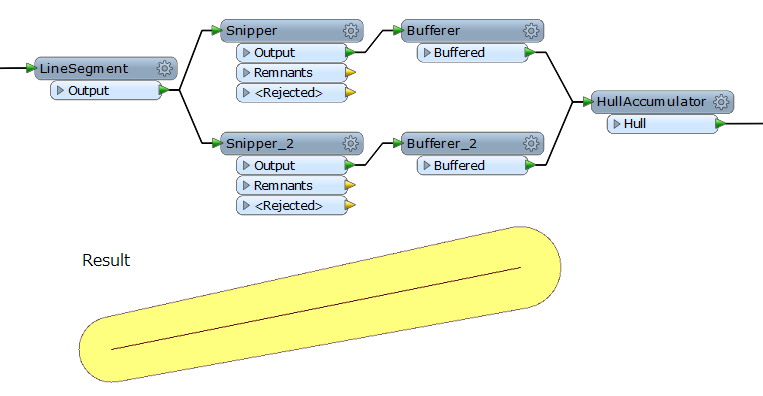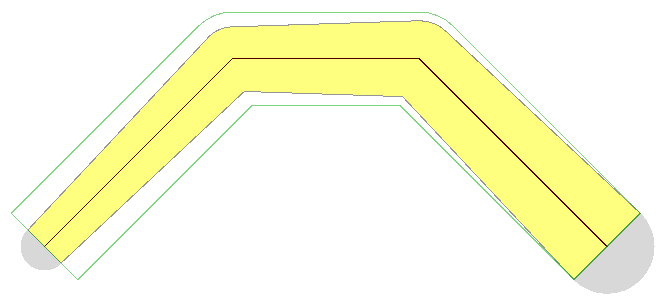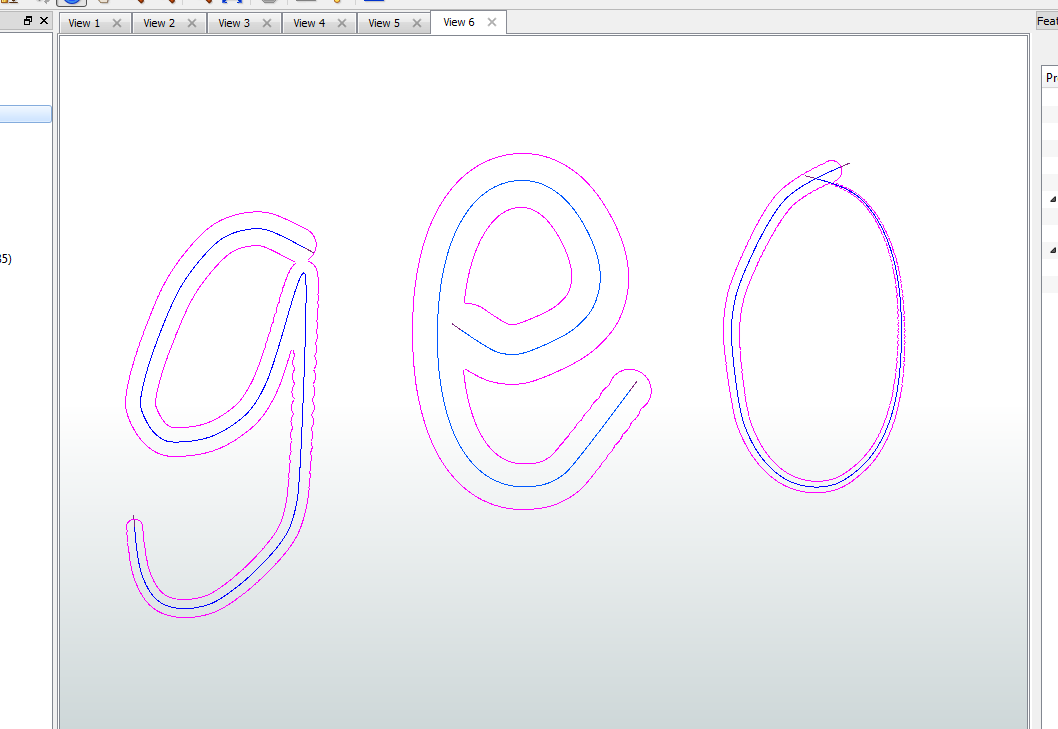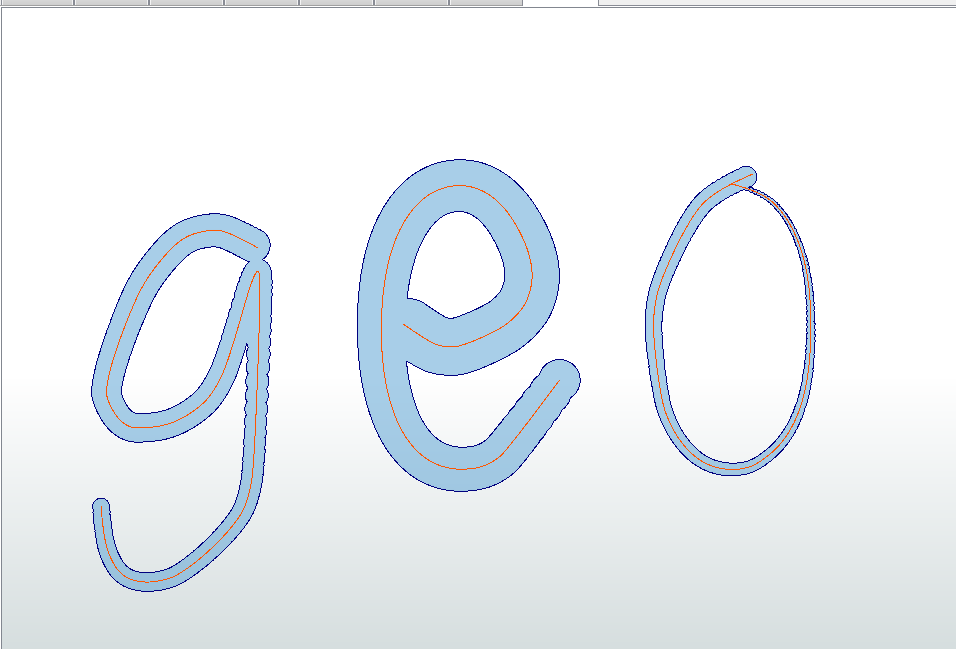Solved
Is it possible to create a " trapezoids" shaped line buffer?
Is it possible to create a " trapezoids" shaped line buffer?
Best answer by takashi
The procedure might be useful also to other users, so I published a custom transformer named "TaperLineBufferer" in the FME Store.
Please find it in your Transformer Gallery and evaluate.
Requirement: FME 2014 SP4 build 14433+
This post is closed to further activity.
It may be an old question, an answered question, an implemented idea, or a notification-only post.
Please check post dates before relying on any information in a question or answer.
For follow-up or related questions, please post a new question or idea.
If there is a genuine update to be made, please contact us and request that the post is reopened.
It may be an old question, an answered question, an implemented idea, or a notification-only post.
Please check post dates before relying on any information in a question or answer.
For follow-up or related questions, please post a new question or idea.
If there is a genuine update to be made, please contact us and request that the post is reopened.











